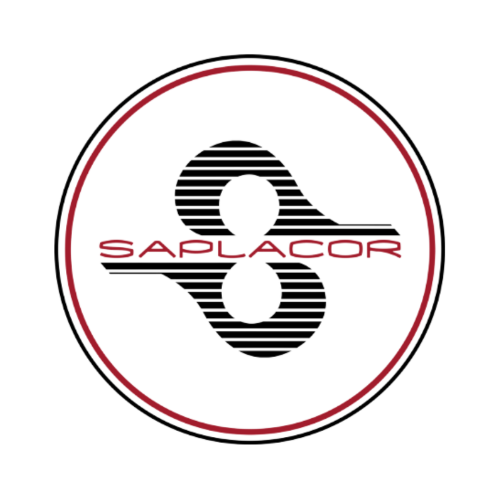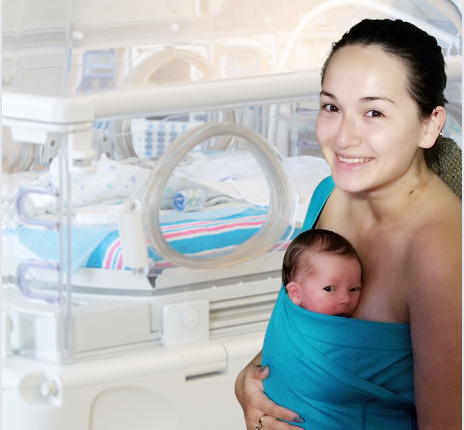Did you know, "Each year, about 14 million women experience PPH resulting in about 70,000 maternal deaths globally.". With maternal mortality being a high-priority topic, hospitals and healthcare professionals strive to make the best solutions for antepartum and postpartum health and wellness.
It doesn't matter what fancy new medication or practice people try to push to reduce postpartum hemorrhage because it will never out beat the most crucial recovery drug ever. The best part yet is that this drug's best form comes from human touch: Oxytocin.
Oxytocin is the leading hormone that is made by the pituitary gland to do a plethora of wonders in the human body. These levels skyrocket after you have a baby, do skin-to-skin, and breastfeed. Oxytocin is a love drug that has an array of physiological and psychological benefits but the main one mentioned in this post today is: reducing the risk of postpartum hemorrhage.
A study done in 2019 found that, "Oxytocin is one of the most important uterotonic factors and plays an important role in uterus contraction, acceleration of the third stage of labor and controlling postpartum hemorrhage. Oxytocin also has anti-anxiety effects and can increase the feeling of comfort and confidence; it has a very important role in mammals on the onset of maternal behaviors."
Immediate skin-to-skin after birth, wether in the hospital or at home, is crucial for oxytocin to help with contracting down onto the placenta. When these contractions happen they put pressure onto these blood vessels which attach the placenta to the uterus. Once these vessels have been contracted enough, the women goes through a second birth, but this time it is the placenta.
When women start hemorrhaging it is scary and it is fast. Her body isn't contracting onto the placenta's blood vessels for them to shut off blood supply and deliver out of her body.
By placing baby immediately skin-to-skin in the Aegis Wrap, mom and baby can start facilitating that immense release of oxytocin through safe, skin-to-skin contact. This then has been clinically proven to help reduce the risk of postpartum hemorrhage after birth; "women who did not have skin to skin and breast feeding were almost twice as likely to have a PPH compared to women who had both skin to skin contact and breast feeding".
Another place where the Aegis Wrap is immensely helpful in facilitating safe skin-to-skin bonding to reduce the risk of postpartum hemorrhage is during ambulance transports.
Because IV's of oxytocin and blood aren't present in the back of an ambulance, the most important factor is skin-to-skin bonding. But, how can they safely perform skin-to-skin bonding while in th back of a moving car? The answer is simple. The Aegis Wrap was crash tested and passed to SAE adult standards. The Aegis Wrap passed at a 30g force test and the results were astounding. Mom and baby received less than a chest compression of force injury wise from the accident.
In conclusion, skin-to-skin bonding is an all-natural practice that provides an extensive list of physiological and psychological benefits. Today, we focus primarily on its ability to reduce the risk of postpartum hemorrhage after birth. Postpartum hemorrhage has been fount be one of the leadings causes in maternal mortality rates in the world. Providing a safe way for moms and neonates to perform skin-to-skin bonding immediately after birth is essential. A safe way to do this is by providing an Aegis Neonate Medical wrap wether you are in the hospital or EMS setting.
*This blog post is not intended to replace the medical advice or prescription of a Medical Doctor. SAPLACOR provides information based on educational literature. For medical advice or questions about your risks associated with maternity, please contact your primary care physician or speak to a registered nurse.

